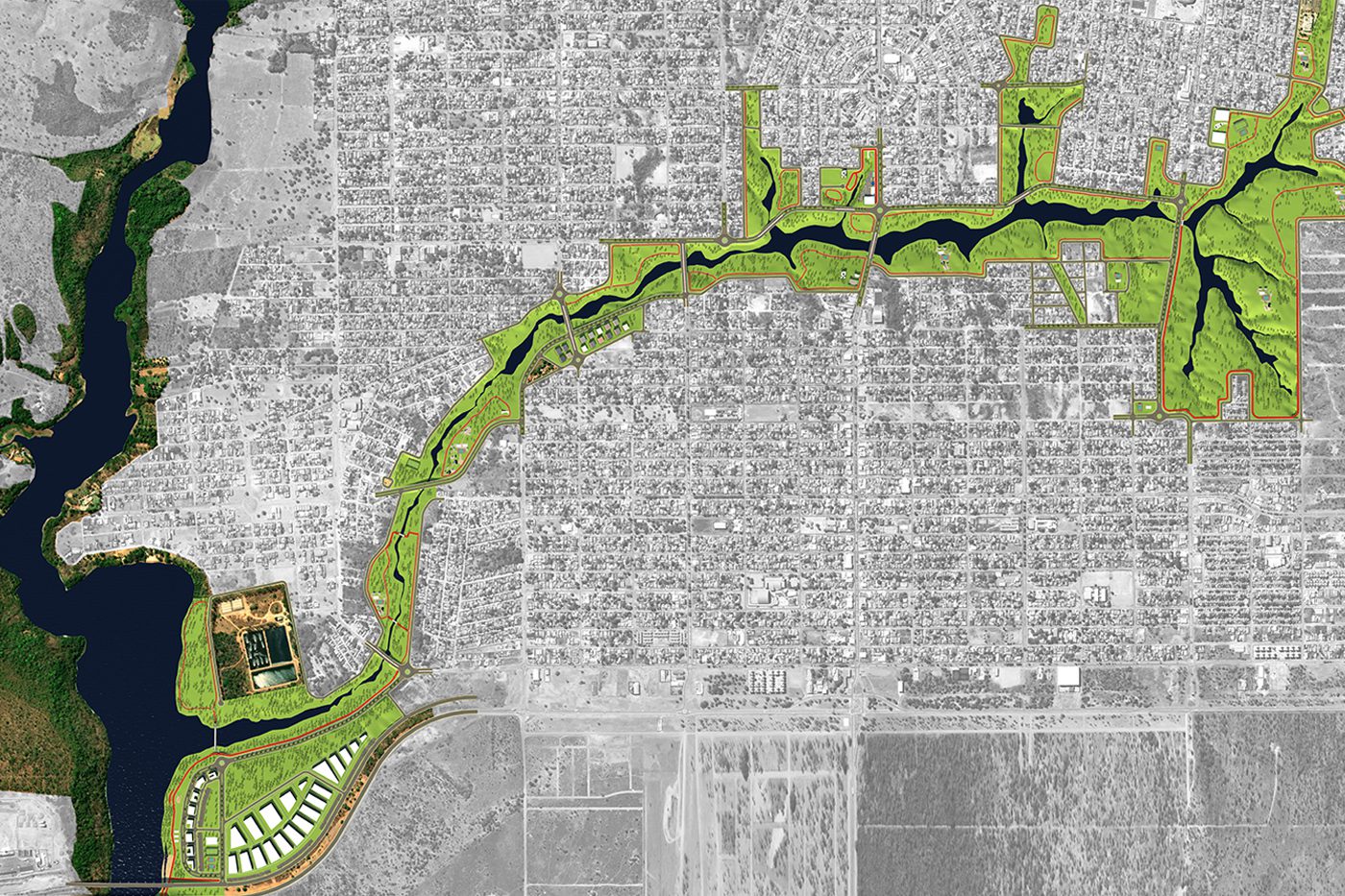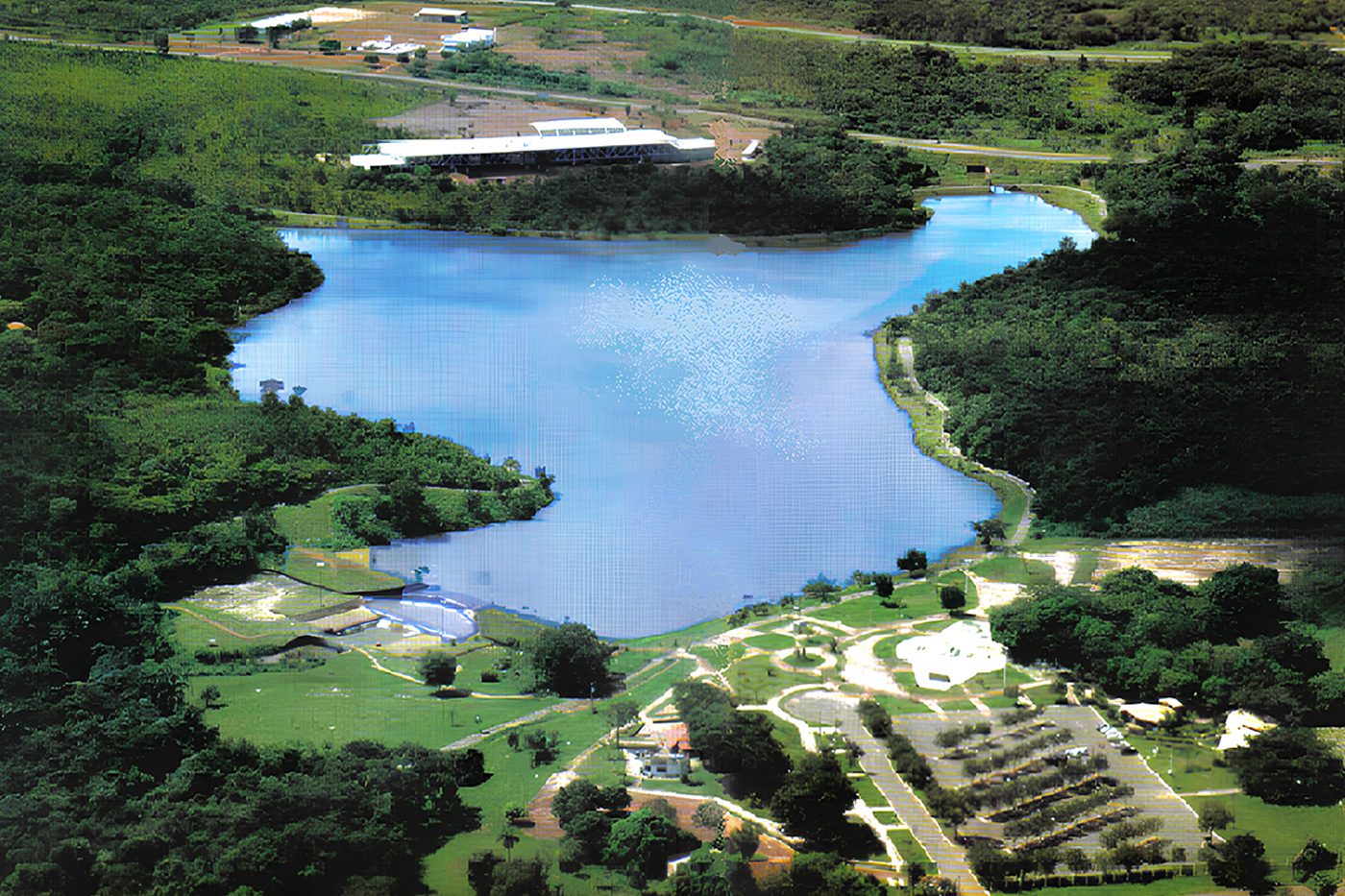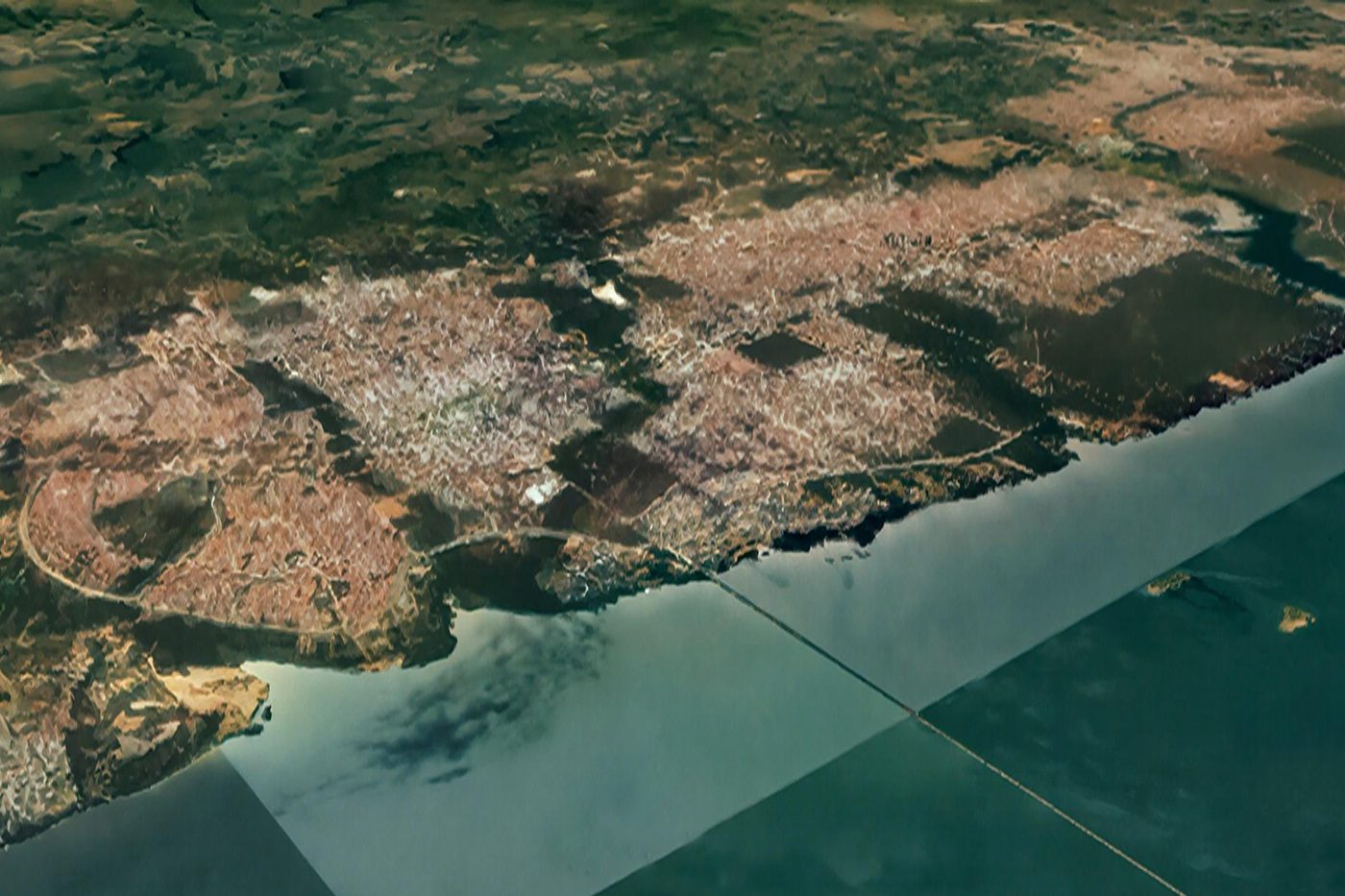Project implementation: Brazil
Project development: Brazil
The Brazilian Institute of Architects of Tocantins (IAB/TO), sponsored by the City of Palmas, presents the linear urban parks of the city of Palmas: Cesamar, Indigenous Peoples and Pioneers, the latter in the design phase.
The inhabitants of Palmas understand that their urban parks are natural environments amidst the "accommodated" urban environment, and that they guarantee the quality of life and the environment in the city's evolutionary process, adapting it to the current climate emergency.
The Palmas Urban Project
While preserving the origins of the state of Tocantins and its ecological capital, Palmas (see panel 1), the urban design of Palmas—designed by architects Luís Fernado Cruvinel and Walfredo Antunes—was directly impacted by the region's environmental characteristics. In this sense, the preservation of the green spaces surrounding the water bodies that permeate Palmas' urban landscape has always been considered a priority for preservation and sustainable use of public resources.
The urban area is structured by the intersection of two arterial roads: Teotônio Segurado Avenue, running north-south; and JK Avenue, running east-west. At their intersection lies Praça dos Girassóis, the fourth-largest square in the world, where the headquarters of the three branches of government are located.
From this point on, the project envisioned gradual growth within a planned area of approximately 15km x 7km. However, its occupation prompted peripheral settlements, both north and south of the city's project, expanding its urban fabric to the current 25km x 8km.
However, whether planned or spontaneous, the preservation of the natural environment and the maintenance of the initial ecological biodiversity are respected in the implementation of the city and its elements, endorsing the ecological legacy of the occupation of the Palmas territory.
Cesamar Park
Palmas' first urban park. Its urban design, designed by GrupoQuatro, was designed by the then-President of the Tocantins Development Agency (AD Tocantins), Architect Aílton Lélis.
Like other urban parks, it's a meeting point for Palmas residents for hiking trails and offers leisure and sports facilities for all ages. In particular, the park offers a public swimming pool on the Brejo Comprido stream.
Indigenous Peoples Park and Pioneers Park
In other areas of the city, we have the Parque dos Povos Indígenas (Indigenous Peoples Park) to the north and, to the south, the proposed Parque dos Pioneiros (Pioneers Park). Both are established in areas initially reserved in the Palmas project and seek to offer more environmental and leisure services to families living nearby, similar to Parque Cesamar. For more details on the facilities offered in these parks, see panels 1 and 2.
We emphasize that the riverfront of Parque dos Pioneiros will be the subject of a national competition.




